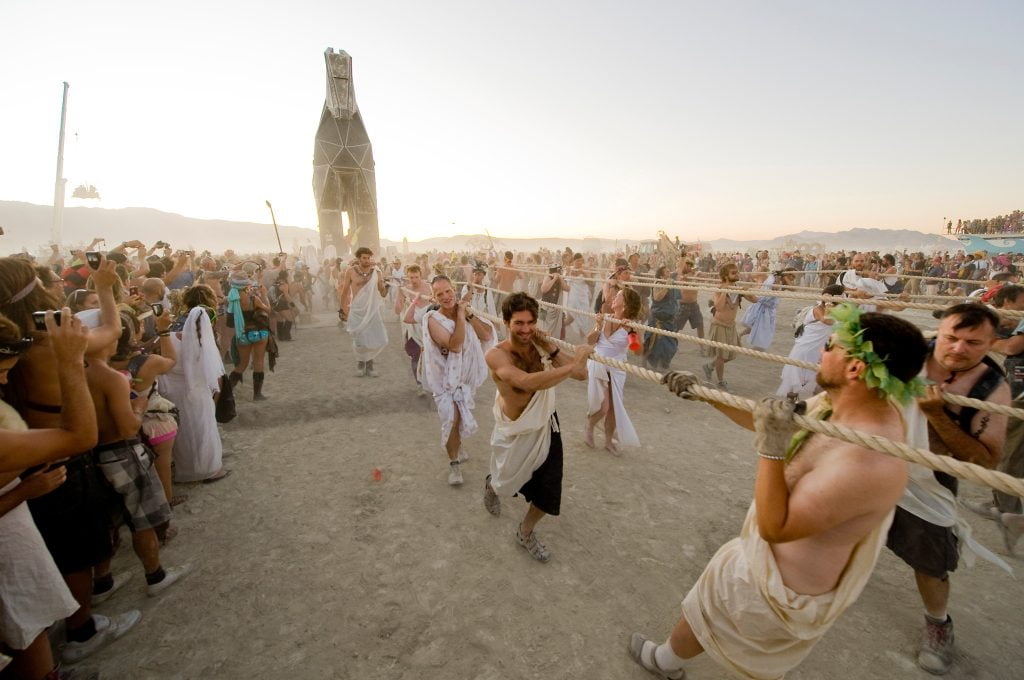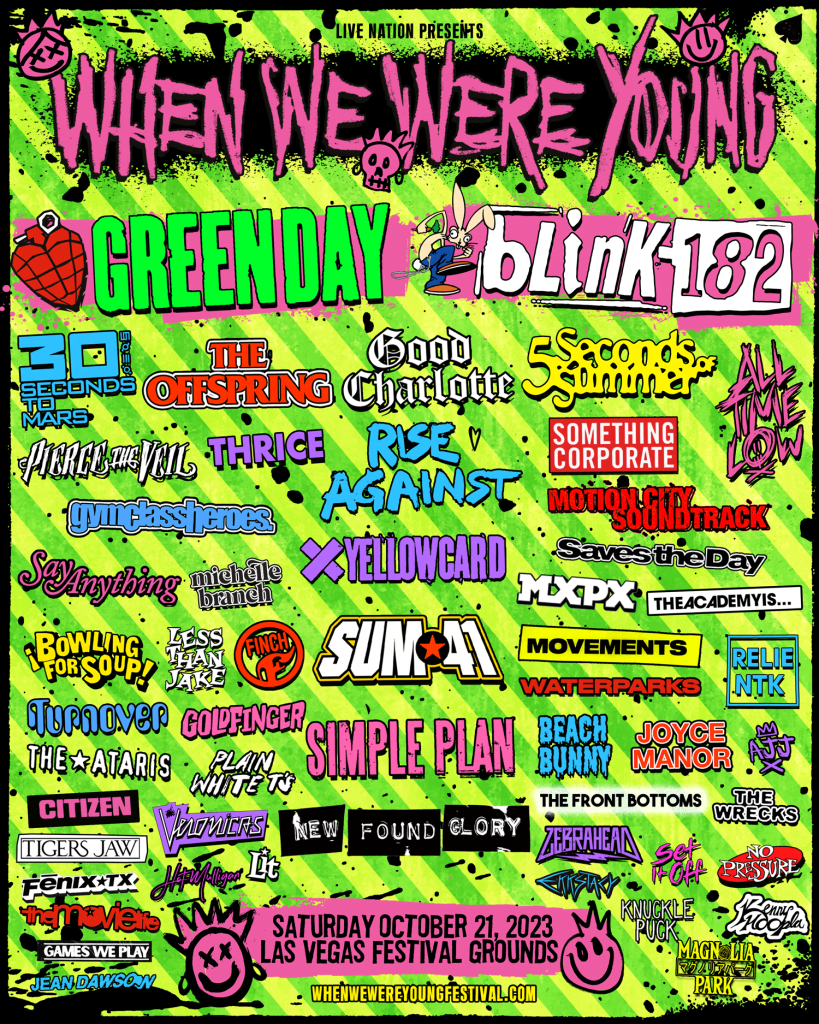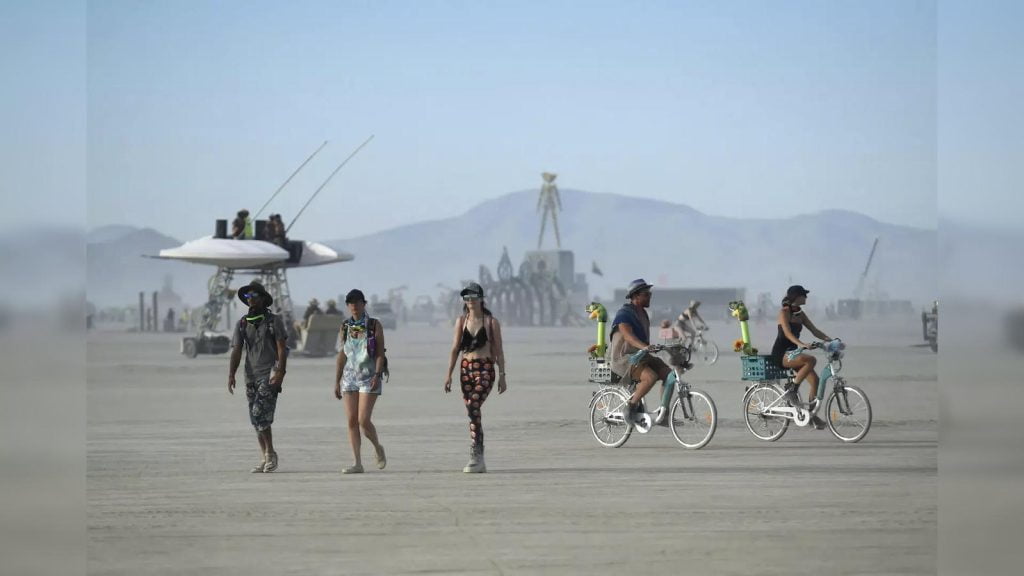Have you ever wondered, “Where was Woodstock Music Festival held?” The iconic Woodstock Music Festival of 1969 was held in Bethel, New York. This historic event took place on a dairy farm owned by Max Yasgur, drawing in hundreds of thousands of music enthusiasts for a weekend of peace, love, and music. Despite the rain and the challenges, Woodstock became a symbol of the counterculture movement and a defining moment in music history. The festival featured legendary performances by artists like Jimi Hendrix, Janis Joplin, and The Who, leaving a lasting impact on the music industry. Let’s dive deeper into the mesmerizing story of where this legendary festival unfolded.
Introduction: Exploring the Significance of Woodstock Music Festival
Woodstock Music Festival, held in 1969 in Bethel, New York, is a legendary event that defined a generation. The festival, originally billed as “An Aquarian Exposition: 3 Days of Peace & Music,” attracted over 400,000 attendees and featured iconic performances by artists like Jimi Hendrix, Janis Joplin, and The Who.
The Birth of a Cultural Movement
The Woodstock Music Festival was more than just a concert; it was a cultural phenomenon that captured the essence of the 1960s counterculture. Peace, love, and music became the mantra of a generation seeking to challenge societal norms and promote unity.
The Legacy of Woodstock
Despite facing logistical challenges and unexpected crowds, Woodstock left a lasting impact on music and society. The festival symbolized the power of music to unite people from diverse backgrounds and inspired future generations of music lovers.

History of Woodstock: How It All Began
The Woodstock Music Festival, also known simply as Woodstock, was a historic event that took place in August 1969. It was held on a dairy farm in Bethel, New York, near the town of Woodstock. Despite its name, the festival did not actually take place in the town of Woodstock. The event was organized as a music festival but quickly turned into a symbol of the counterculture movement of the 1960s.
The Idea Behind Woodstock
The idea for Woodstock originated from the desire to create a music festival that would promote peace, love, and music. The organizers envisioned a gathering where people could come together to celebrate art and music in a peaceful and harmonious environment.
As the event gained momentum, it attracted some of the most renowned musicians of the time, including Jimi Hendrix, Janis Joplin, The Who, and many more, who performed for the hundreds of thousands in attendance.
Legacy of Woodstock
The legacy of Woodstock continues to resonate today, more than 50 years later. It is remembered as a symbol of the peace and unity that can be achieved through music and art. The festival set a precedent for future music festivals and became a defining moment in the cultural history of the United States.
Woodstock remains an iconic event that symbolizes the spirit of the 1960s and serves as a reminder of the power of music to bring people together.
The Location: Unveiling the Iconic Setting of Woodstock Music Festival
The legendary Woodstock Music Festival of 1969 took place in Bethel, New York, on a dairy farm owned by Max Yasgur. This iconic gathering attracted over 400,000 music enthusiasts seeking a haven of peace, love, and music.
Historic Site Details
The festival site, now known as the Bethel Woods Center for the Arts, preserves the spirit of the original event while offering a diverse range of cultural and musical experiences.
The center hosts concerts, exhibits, and programs that celebrate the legacy of Woodstock and its impact on society.
Current State of the Location
Visitors to Bethel Woods can explore the museum showcasing Woodstock artifacts, including photos, memorabilia, and stories from the era.
The scenic surroundings of the Catskill Mountains provide a picturesque backdrop for visitors to immerse themselves in the history and spirit of the festival.
Impact of Woodstock: Legacy and Influence on Music Culture
Woodstock Music Festival, held in 1969 in Bethel, New York, left an indelible mark on the music industry and broader culture. The festival, attended by hundreds of thousands, became a symbol of unity, peace, and love, encapsulating the spirit of the counterculture movement of the era. The impact of Woodstock reverberates to this day, influencing not only music but also social movements and festival culture worldwide.
Countercultural Movement
The Woodstock Festival of 1969 marked a pivotal moment in the countercultural movement of the 1960s. It represented a break from the mainstream and a celebration of diversity, inclusivity, and non-conformity. The festival’s legacy continues to inspire artists and activists to push boundaries and challenge societal norms.
Music Evolution
Woodstock not only showcased legendary performances by iconic artists but also paved the way for a new era of music festivals. It set a high standard for live performances and promoted experimental genres and acts. The festival’s influence can be seen in modern music events that prioritize authenticity and artistic expression.
Memories from Woodstock: Recollections and Stories from Attendees
As we delve into the historical significance of Woodstock, attendees’ recollections bring the festival to life. The where was Woodstock Music Festival held question is not just about the physical location but the memories etched in the minds of those present.
Unforgettable Performances and Peaceful Vibes
Attendees fondly remember the psychedelic music, communal living, and spirit of unity that permeated the festival grounds. Woodstock truly embodied the essence of peace and love.
Many recall iconic performances by artists like Jimi Hendrix, Janis Joplin, and The Who, which defined an era of musical revolution.
Inspiring Tales of Connection and Togetherness
Stories of strangers coming together, sharing food, singing, and dancing under the open sky showcase the power of music to unite people from diverse backgrounds.
- One attendee shared how a simple conversation with a fellow music lover led to a lifelong friendship.
- Another recounted the solidarity displayed during unexpected rain showers, with everyone huddling together for warmth and camaraderie.
Reviving the Spirit: Modern Interpretations and Tributes to Woodstock
Woodstock, the iconic music festival of 1969, continues to inspire modern interpretations and tributes that capture the essence of peace, love, and music. Artists, musicians, and festival organizers pay homage to the historic event through various mediums, keeping the spirit of Woodstock alive in today’s culture.
Art Installations
Contemporary art installations often incorporate themes from Woodstock, celebrating its significance in music history. These installations serve as visual reminders of the festival’s impact on society and its enduring influence.
One such installation, titled “Woodstock Revival: The Tribute,” transports viewers back to the summer of ’69, with vibrant colors and psychedelic designs that pay homage to the festival’s free-spirited atmosphere.
Musical Tributes
Today’s musicians frequently pay tribute to Woodstock by performing cover songs from the original festival lineup or creating new music inspired by the ethos of peace and unity that defined the event.
- Music Festivals: Numerous music festivals worldwide feature Woodstock-themed stages or dedicated tribute performances to honor the festival’s legacy.
- Concerts: Artists often include Woodstock songs in their setlists, fostering a sense of nostalgia among both older and younger audiences.
Frequently Asked Questions
- When was the Woodstock Music Festival held?
- The Woodstock Music Festival, officially known as the Woodstock Music & Art Fair, was held from August 15 to August 18, 1969.
- Where exactly was the Woodstock Music Festival held?
- The Woodstock Music Festival took place on Max Yasgur’s farm in Bethel, New York. While the event was originally planned for Woodstock, the location had to be changed due to permit issues.
- Why did they choose the location in Bethel, New York for Woodstock Music Festival?
- The location in Bethel, New York, specifically Max Yasgur’s farm, was chosen for the Woodstock Music Festival due to its suitability for hosting a large outdoor event and the willingness of Max Yasgur to offer his land after the original site fell through.
- How many people attended the Woodstock Music Festival?
- The attendance at the Woodstock Music Festival is estimated to be around 400,000 people, although the exact number is difficult to verify due to the event being open to the public and the influx of attendees.
- What made the Woodstock Music Festival significant in music history?
- The Woodstock Music Festival is considered a pivotal moment in music history due to its association with the counterculture movement of the 1960s, as well as the iconic performances by many legendary musicians and bands such as Jimi Hendrix, Janis Joplin, and The Who.
Discovering the Historic Location of Woodstock Music Festival
As we conclude our exploration into the historic event, it becomes clear that the Woodstock Music Festival, a monumental moment in music history, took place in Bethel, New York, not Woodstock as many may think. The harmony of music, peace, and love that resonated through the fields of Max Yasgur’s farm in 1969 forever changed the cultural landscape. By uncovering where Woodstock actually occurred, we unveil a crucial piece of the festival’s legacy. It is a reminder that significant events can happen in unexpected places, leaving a lasting impact on generations to come.




